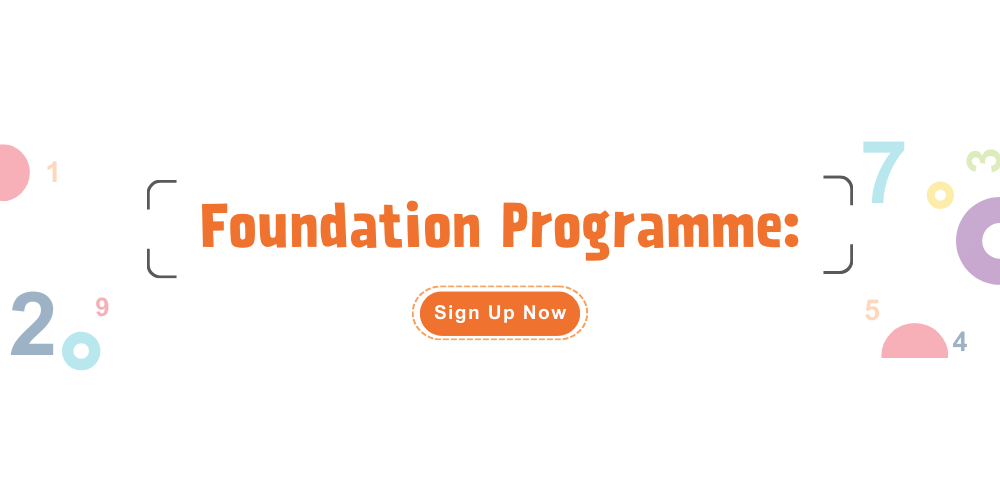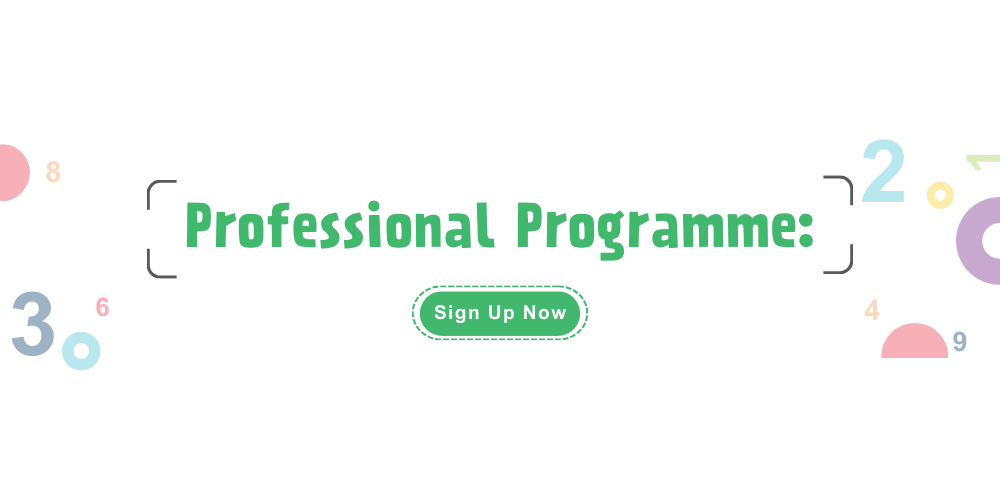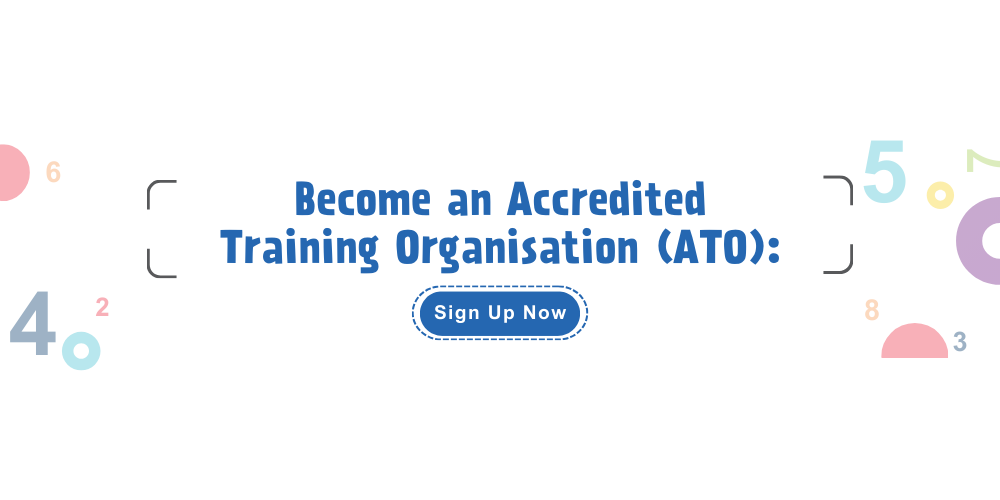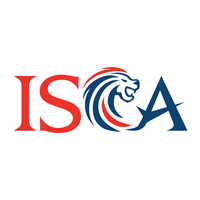Insights from ISCA and SAP’s Third Productivity Scorecard and Benchmarking Survey
Singapore, 29 May 2015 – The Accountancy and Finance (A&F) functions of Singapore firms are performing on par with their global peers in terms of business and labour efficiency. Business efficiency measures the average time taken for the A&F functions to close the books quarterly and annually, while labour efficiency refers to the revenue per Finance staff and total cost of the finance team as a percentage of revenue.
In addition, Public Accounting (PA) firms are investing more in staff training and development to boost productivity, with a 36 per cent increase in number of hours devoted to training compared to the previous year.
These are some of the findings from the Productivity Scorecard and Benchmarking Survey Report for the accountancy sector, conducted by the Institute of Singapore Chartered Accountants (ISCA) and SAP.
In its third year, the report provides various productivity indicators for Singapore companies to use as a yardstick in measuring their A&F functions against local and global peers, which includes North America, Asia-Pacific, Europe, and Latin America. Close to 250 respondents, of which more than 80 per cent are C-level executives, from A&F functions and public accounting firms took part in the study. These respondents will be receiving their individual report which will enable them to understand their own performance.
Mr Lee Fook Chiew, Chief Executive Officer of ISCA, said, “The accountancy sector is one of the priority sectors of interest identified by the National Productivity Council. As the national accountancy body, ISCA has continued to spearhead efforts in driving productivity in the sector. The report will provide invaluable insights for companies and public accounting firms seeking to identify areas for improvement and enhance their productivity by adopting industry best practices.
“It is heartening to see that companies that have adopted best practices in technology usage have clearly reaped productivity gains. We encourage more companies to utilise technology to achieve significant efficiency improvement in their systems and processes,” added Mr Lee.
As with previous years, the survey was conducted in collaboration with SAP, the market leader in enterprise application software. “Singapore-based companies are known to be growth driven and forward-thinking. This is why we believe that they will see the value in leveraging best practices and findings from this survey, to ensure their competitive advantage remains as sharp as ever. One such area is the use of technology. Analytics and cloud are enablers, helping to identify and maximize areas of opportunity. The real-time insights gained from implementing effective financial solutions will drive higher productivity and ultimately better business performance in the A&F industry,” said Thomas Zipperle, Chief Financial Officer, SAP South East Asia.

Mr Lee Fook Chiew, Chief Executive Officer of the Institute of Singapore Chartered Accountants (ISCA), giving the welcome address for the SAP& ISCA CFO Breakfast event at the Grand Hyatt Hotel.
Key Survey Findings
The top 25 per cent of Singapore companies’ A&F functions are just as efficient as that of their global peers
Among the A&F functions of the Singapore companies that participated in the survey, the top 25 per cent are on par with their global peers in terms of efficiency. For example, these Singapore companies take on average six days to close their quarterly accounting books, while their global peers take five days. Likewise, the number of Days Sales Outstanding, which is the average number of days a company takes to collect revenue after a sale has been made, stands at 30 days for both Singapore and global companies.
“This finding highlights two points. Firstly, it shows that the top quartile of Singapore companies have the necessary resources and infrastructure to keep up with the efficiency level of their global peer group. At the same time, it raises questions as to why the remaining 75 per cent of our companies are not as efficient in their A&F functions as compared to their global peers. One possible reason could be the slower adoption of technology by these companies,” said Mr Lee.
Companies with A&F functions that adopted best practices in technology achieved overall gains in productivity.
A&F functions of companies that adopted best practices in technology achieved overall gains in their productivity. For instance, companies with access to a financial dashboard showing a timely view to all the key metrics saw at least 35.6 per cent higher revenue per employee.
Also, companies with a reliable billing system with a fully integrated Accounts Receivable system saw about 33 per cent lower numbers in overdue Receivables. Companies that generated their reports through automation also saw a 26.5 per cent reduction in the number of days taken to close their quarterly accounting books.
Despite the advantages derived from technology usage, only 50 per cent of companies have access to a financial dashboard. Furthermore, 35 per cent of companies do not have an integrated Accounts Receivable system in their billing procedures. This is an area of improvement for companies to increase their productivity.
Public Accounting firms are investing more in employee training and development.
There has been an increase in average training hours per employee for Singapore PA firms, from 30.3 to 41.4, which represented an increase of 36 per cent. Moreover, the employee turnover rate remains at a lower rate of 23.3 per cent, compared to a 33.3 per cent of their global peers. This signifies that these firms are beginning to focus more on employee training and development to capitalise on their current talent pool to boost productivity amidst the labour and talent crunch that Singapore is facing.
Note to Editor:
Public Accounting (PA) firm refers to a sole-proprietorship or partnership registered under the Accountants Act to provide public accountancy services. Public accountancy services include the audit and reporting on financial statements and the doing of such other acts that are required by any written law to be done by a public accountant.
-Ends-
About the Institute of Singapore Chartered Accountants
The Institute of Singapore Chartered Accountants (ISCA) is the national accountancy body of Singapore. ISCA’s vision is to be a globally recognised professional accountancy body, bringing value to our members, the profession and wider community.
Established in 1963, ISCA shapes the regional accountancy landscape through advocating the interests of the profession. Possessing a Global Mindset, with Asian Insights, ISCA leverages its regional expertise, knowledge, and networks with diverse stakeholders to contribute towards Singapore’s transformation into a global accountancy hub. Our stakeholders include government and industry bodies, employers, educators, and the public.
ISCA is the Administrator of the Singapore Qualification Programme (Singapore QP) and the Designated Entity to confer the Chartered Accountant of Singapore - CA (Singapore) - designation.
It aims to raise the international profile of the Singapore QP, a post-university professional accountancy qualification programme and promote it as the educational pathway of choice for professional accountants seeking to achieve the CA (Singapore) designation, a prestigious title that is expected to attain global recognition and portability.
There are over 28,000 ISCA members making their stride in businesses across industries in Singapore and around the world. For more information, visit www.isca.org.sg.
About SAP
As market leader in enterprise application software, SAP (NYSE: SAP) helps companies of all sizes and industries run better. From back office to boardroom, warehouse to storefront, desktop to mobile device – SAP empowers people and organizations to work together more efficiently and use business insight more effectively to stay ahead of the competition. SAP applications and services enable more than 291,000 customers to operate profitably, adapt continuously and grow sustainably. For more information, visit www.sap.com.
###





.png?sfvrsn=dd675fd5_2)

-(1).png?sfvrsn=db949de5_0)
6a6c7fe2013f4be3b0ecc0a5930da5c9.jpg?sfvrsn=ab5334c8_0)

/business-management-global-connection/istock-1167579720-c.jpg?sfvrsn=ff93f9a5_2)
/audit-assurance/istock-1169206203-c.jpg?sfvrsn=1d6f9b25_6)

/ethics-and-professionalism/istock-1141115724-c.jpg?sfvrsn=4e54d691_2)

/audit-assurance/istock-818732836-c-v3.jpg?sfvrsn=ae44e7b7_0)

.png?sfvrsn=905ee1bd_0)
/legal-secretarial/istock-866706340-c.jpg?sfvrsn=d7f57b8c_2)